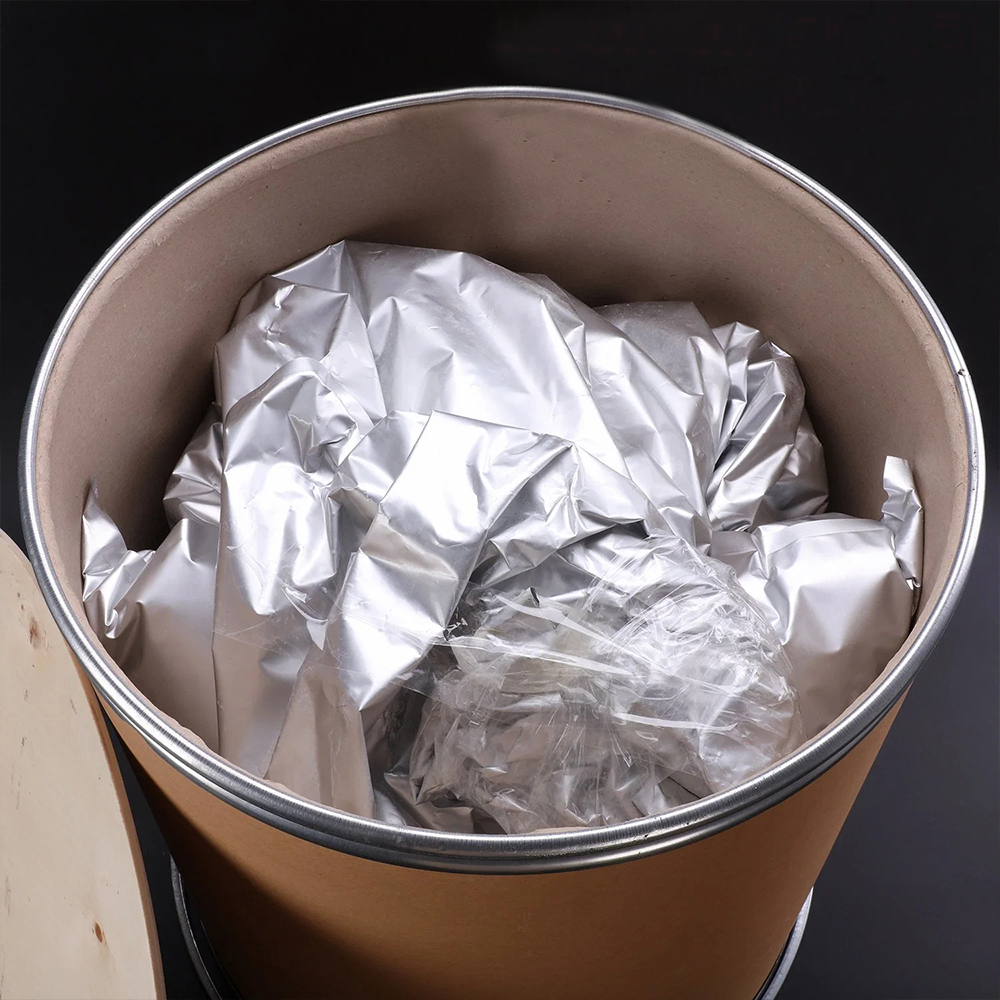



sodium dihydrogen phosphate dihydrate msds
Material Safety Data Sheet (MSDS) for Sodium Dihydrogen Phosphate Dihydrate
Introduction
Sodium dihydrogen phosphate dihydrate, chemically represented as NaH2PO4·2H2O, is a widely used chemical compound in various industrial, food, and laboratory applications. Understanding the safety and handling procedures for this substance is crucial for ensuring workplace safety and compliance with regulatory standards. This article provides a comprehensive overview of the Material Safety Data Sheet (MSDS) for sodium dihydrogen phosphate dihydrate, including its properties, hazards, and safe handling protocols.
Chemical Properties
Sodium dihydrogen phosphate dihydrate appears as a white crystalline powder. It is highly soluble in water and has a molecular weight of 156.01 g/mol. The compound is commonly used in food processing as a buffering agent, in laboratories for biochemical applications, and in the pharmaceutical industry. The stable nature of sodium dihydrogen phosphate dihydrate under normal conditions makes it a valuable resource in various applications.
Hazard Identification
While sodium dihydrogen phosphate dihydrate is relatively safe when handled appropriately, it can pose certain hazards. During its use, the compound may cause irritation to the eyes and skin upon contact. Ingestion may lead to gastrointestinal discomfort. Inhalation of dust may irritate the respiratory tract. Thus, it is essential to adhere to proper safety measures while handling the substance.
First Aid Measures
In case of exposure, immediate first aid measures should be taken
- Inhalation Move the affected individual to fresh air. If symptoms persist, seek medical assistance. - Skin Contact Remove contaminated clothing and wash the affected area with soap and water. If irritation develops, seek medical advice. - Eye Contact Rinse cautiously with water for several minutes. Remove contact lenses if present and easy to do. Continue rinsing until all particles are removed. Obtain medical attention if irritation persists. - Ingestion Do not induce vomiting. Rinse mouth and seek medical help immediately.
sodium dihydrogen phosphate dihydrate msds

Fire-Fighting Measures
Sodium dihydrogen phosphate dihydrate is not considered flammable; however, suitable fire-fighting measures should be employed in case of a fire in proximity to the substance. Use water spray, foam, dry chemical, or carbon dioxide extinguishing agents. Firefighters should wear self-contained breathing apparatus and protective clothing to prevent exposure.
Handling and Storage
To ensure safety while handling sodium dihydrogen phosphate dihydrate, the following recommendations should be observed
- Handling Always wear appropriate personal protective equipment (PPE), including gloves, safety goggles, and lab coats. Avoid forming dust and provide adequate ventilation in work areas. - Storage Store the compound in a cool, dry place away from incompatible materials such as strong acids and bases. Ensure that containers are tightly closed and clearly labeled to prevent accidental exposure.
Disposal Considerations
Waste disposal of sodium dihydrogen phosphate dihydrate should be conducted following local, regional, and national regulations. The substance can generally be neutralized and disposed of in accordance with specific waste management guidelines. It is crucial to avoid disposal in waterways to prevent environmental contamination.
Conclusion
In summary, sodium dihydrogen phosphate dihydrate is a versatile compound with applications across various sectors. Nevertheless, it is paramount to understand its associated hazards and follow proper safety practices outlined in the MSDS. By adhering to these guidelines, individuals can ensure safe handling and minimize the risks associated with this chemical compound. Always remember that safety in the workplace is paramount, and being informed is the first step toward achieving it.
-
Comprehensive Guide to Chemical Disinfection of Water | Safe & Sustainable SolutionsNewsNov.18,2025
-
Bleach for Sanitizing Water – A Comprehensive Guide to Safe Water Treatment SolutionsNewsNov.18,2025
-
What Is Disinfectant Water? Uses, Benefits & Future Trends ExplainedNewsNov.18,2025
-
Comprehensive Guide to Chemicals That Disinfect Water for Global Safety and IndustryNewsNov.17,2025
-
Essential Chemicals Used for Disinfection of Water: Applications, Benefits & InnovationsNewsNov.15,2025
-
Comprehensive Guide on Chemicals to Disinfect Water: Uses, Benefits & TrendsNewsNov.15,2025
-
Durable Drinking Water Disinfection Chemicals for Industrial UseNewsNov.14,2025










